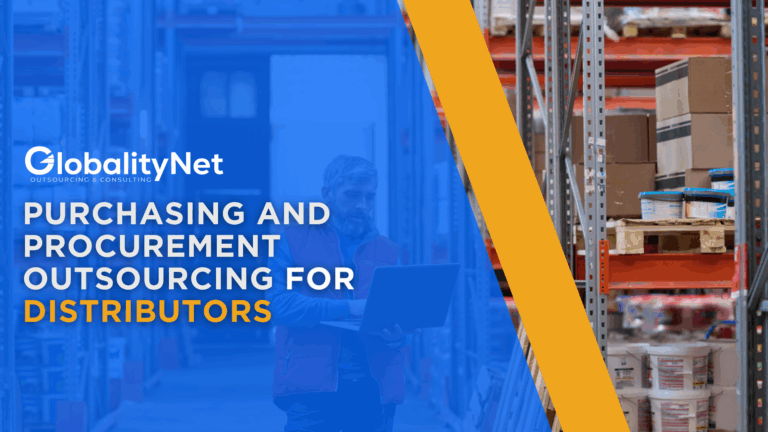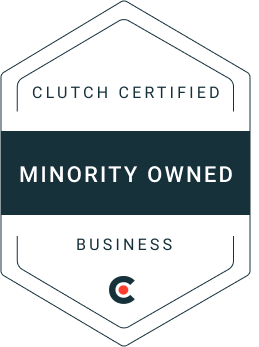When was the last time you placed an online order, and you anxiously waited for your order but didn’t know whether it has shipped or when it’s arriving? As a customer, was this a positive experience for you? Supply chain visibility is the ability to see where the product or service is within the supply chain at any given time. From the point the order is placed until the time the product is delivered, providing information on the product’s (or service’s) whereabouts adds value to the customer’s or any other stakeholder’s experience, impacting productivity and customer satisfaction.
When talking about supply chain visibility, what’s good for the end customer is even better for the upstream stakeholders (planners, buyers, operations). Having worked in supply chain and operations my whole life, seeing where my order is within its delivery life cycle is critical in my ability to run my business. From a buyer’s or planner’s point of view, this gives me improved planning and reaction time. If I get enough time to see that an order will be late, I can try to find a solution or alternate products to still hit my target due dates and minimize the impact of the delay. And from a customer service perspective, seeing where an order is in its journey to being picked and delivered is a win for the organization as we can provide the customer updated information so they can plan accordingly.

A good example of this is the online retail giant, Amazon. Not only do they track orders at every step of the way internally so their planners within the fulfillment center know where every order is, but they also relay key information proactively to their customers. Another good example is the supply chain visibility norms within the ridesharing industry. Companies like Uber or Lyft, using GPS technology, through an app, the customer can see his order from the time he places it to its route to delivery (when the customer is picked up).
It used to be, to attain supply chain visibility, a buyer must call his supplier to get information. Or customer service contacts the warehouse and have a person hunt the order down physically. Or a customer would call the vendor to track his/her order. This took some time, a lot of effort and therefore additional cost depending on where the order is. But with today’s technology and access to a global workforce, attaining supply chain visibility is cheaper and faster.
While the Amazons and the Ubers of the world, with their virtually unlimited budgets, have no problem providing a high level of supply chain visibility, with today’s technology and global workforce, even smaller and midsized companies can provide supply chain visibility semi instantaneously and at a low cost.

If your company exports from overseas, one way to achieve this is via a PO Management system. A contract might be required with a freight-forwarding company such as DHL or Fed-Ex to pursue this option but rates are very competitive. By signing with a freight forwarder, provide an online PO management tool where purchase orders are communicated to vendors from your MRP/ERP system to their platform. Essentially, your company’s platform talks to the freight forwarder’s system directly. Any updates to POs from the factories (i.e. ship dates, delays, quality issues, pricing, etc) can be entered directly onto the PO management tool so buyers can see updates without calling the factory.
If your volume doesn’t justify hiring a PO management tool just yet, another method of gaining visibility to international POs is to have a global team follow up on orders and update your system directly. They can call and follow up on vendors, carriers, freight forwarders, and other stakeholders and provide updates to your domestic team here in the U.S. Since the setup is global, costs would be minimal while value to the business is maximized.









